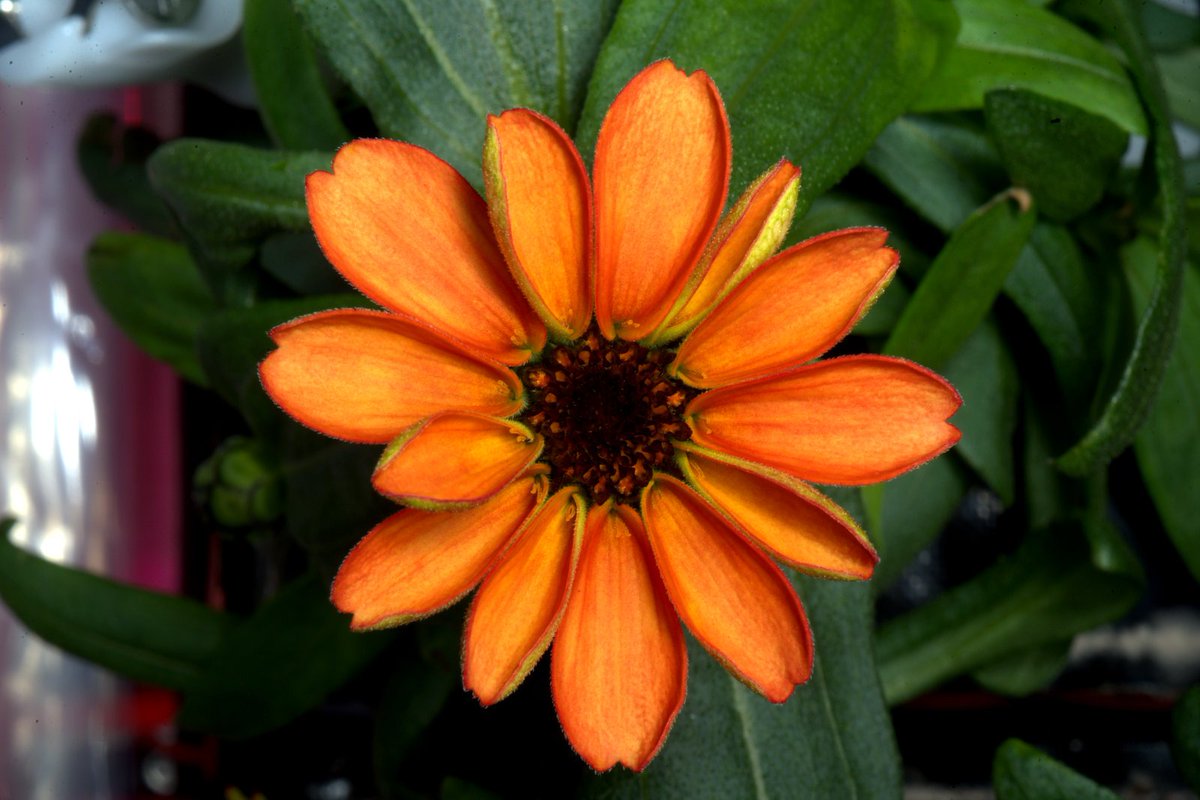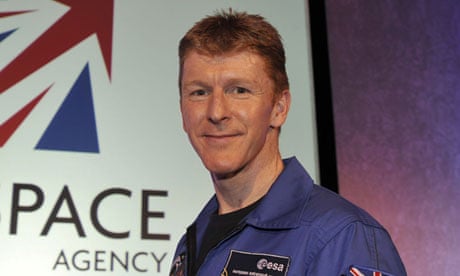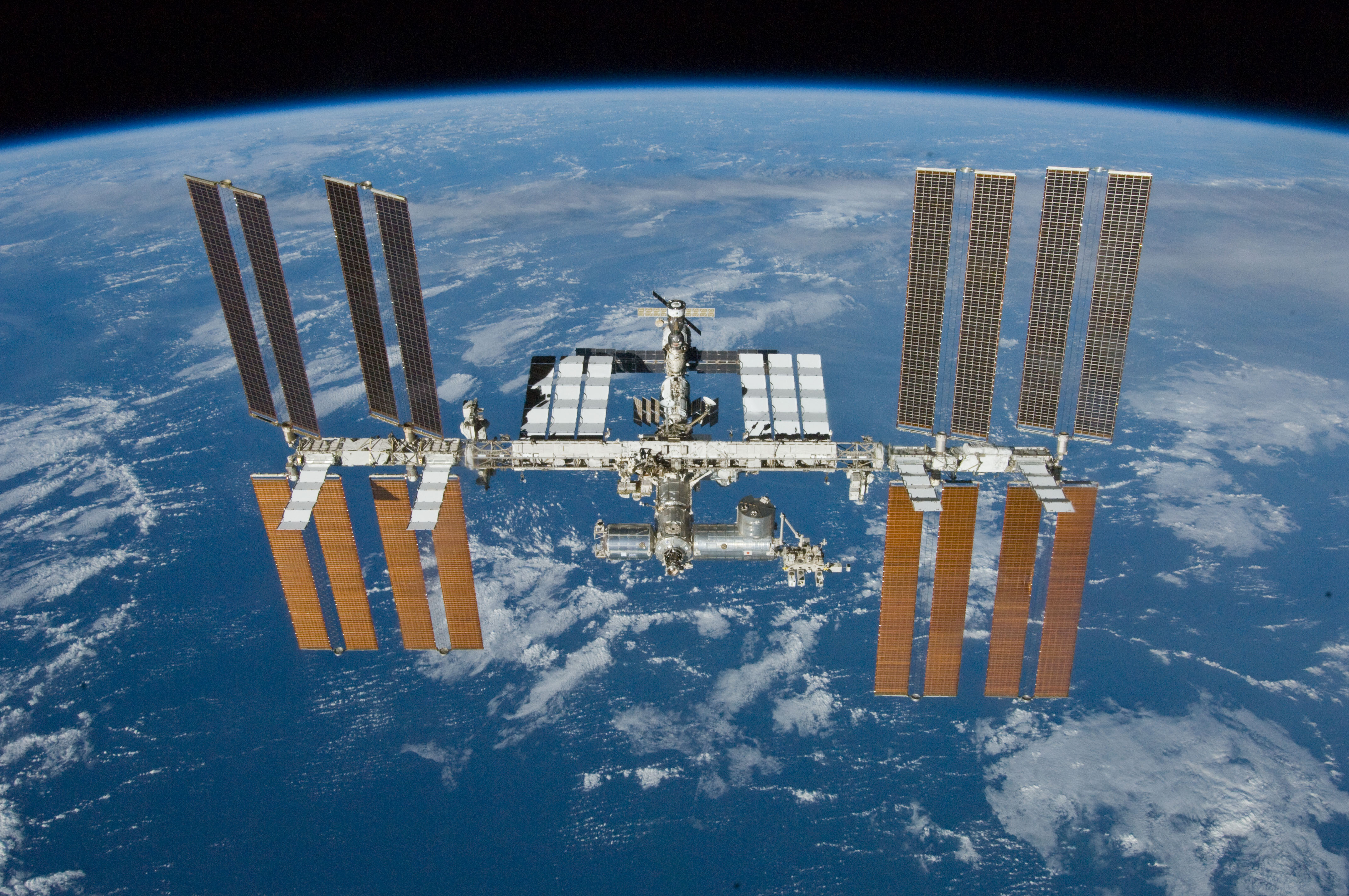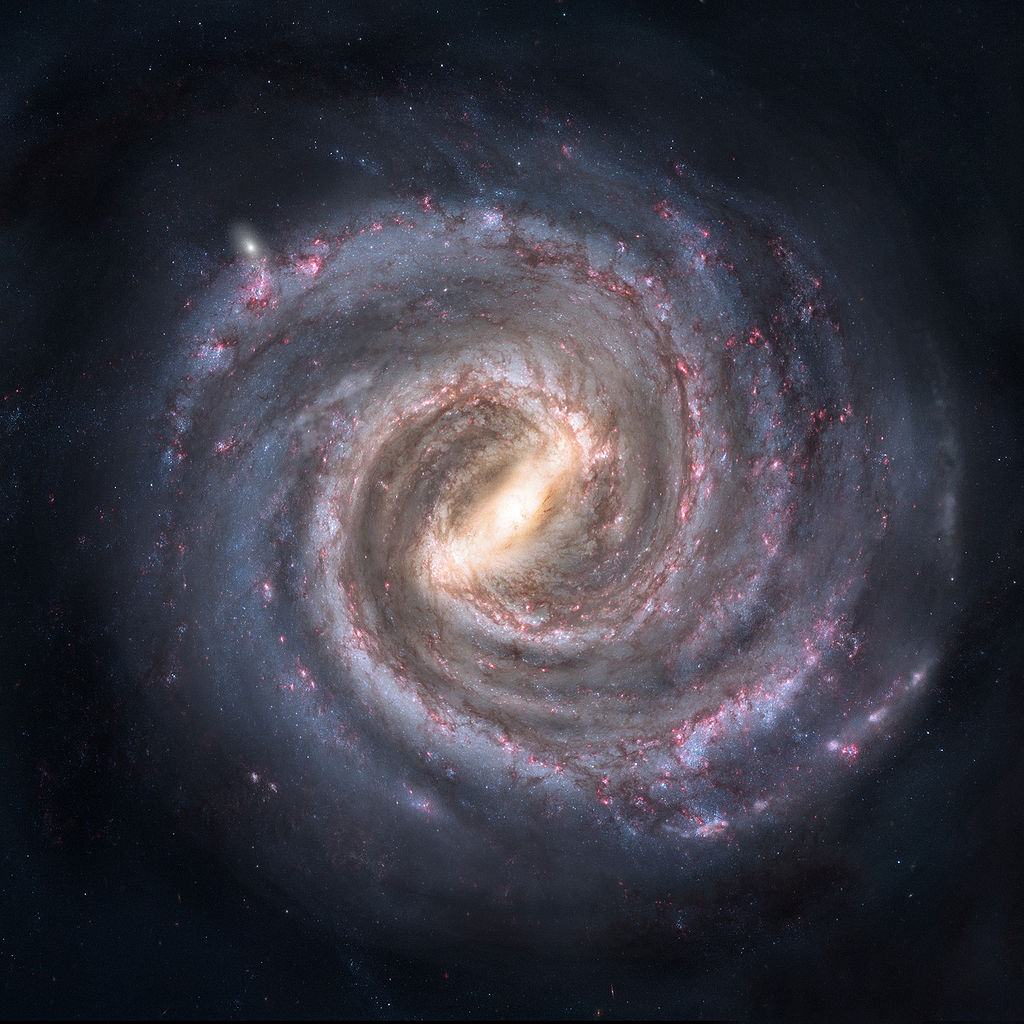Over Space Week, I made Straw Rockets with year 7's who absolutely loved them, so I thought I would share with you how to make them!
1. This is all the equipment you'll need.
- Paper (I used lined just because it's easier to cut in a straight line, but use any paper you like. Some people where using card which is okay, but difficult to roll)
- Post it Notes These just make it really easy to make the fins with as it's manipulatively VERY easy.
- Scissors
-A Straw (it's not shown in the picture as I don't have any)
- A pen (or wooden pencil) to roll your straw rocket around
2. Cut the ripped bit of the paper off if it's from a notepad :)
3. Cut a strip of paper, about the width of your little finger. The length isn't too important, just make sure it's not too short! If necessary you might need to chop it down. Get your pen ready as I've shown in the picture.
 4.
4. Have the paper at an angle then begin to roll it around you pen/pencil. Make sure it's not too tight. Once you've reached the end of the pen/pencil and if you have paper left over then chop the excess off.
5. Add sticky tape in three places ; each end and the middle. This should keep things secure.
6. If you take it off the pen/pencil, at one end you should be looking at something like the picture.
7. Pinch the end and fold over the triangle, then secure it with sticky tape.
8. Get 3 of the Post it Notes ready.
9. Fold them in half diagonally, then cut it. This should leave you with three right angled triangles with one of the shorter sides all sticky.
10. If you've made your rocket quite small then you might want to cut down the size of the fins, do this by cutting down the longest side of the triangle.
11. Stick each of the fins on so it should look something like the picture. It's easiest to do this with the pen/pencil still in place.
12. The post it notes may not be too secure, if that's the case then secure it with a piece of sticky tape.
13. Your finished! Feel free to decorate it! You can either use it as you would a paper rocket/plane or put a straw in then blow into the straw to launch it!
Keep following my updates on #SummerofScience (@Sci_Sparks) and download my charity kindle book - http://www.amazon.co.uk/Science-Bites-Short-Tour-Universe-ebook/dp/B00LHOXRO4
http://howsciworks.blogspot.co.uk/2014/07/summer-of-science.htm





































